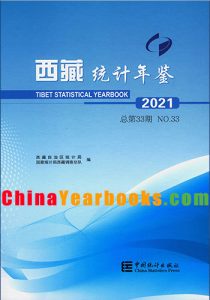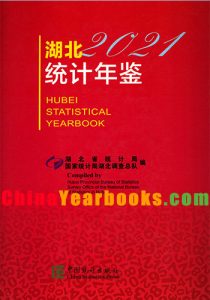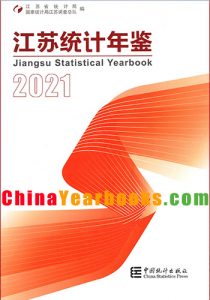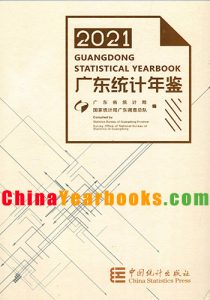Guangxi Statistical Yearbook 2021 Download
Yearbook title:广西统计年鉴2021
Yearbook English title:Guangxi Statistical Yearbook 2021
Published Date :10/2021
Language : English and Chinese bilingual
Availability : Printed Version;Electronic Version(PDF Version)
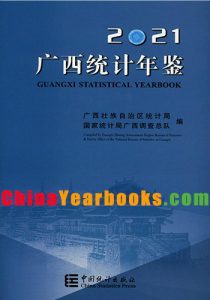
Ⅰ.Guangxi Statistical Yearbook is an annual statistics publication,which covers very comprehensive data in 2020 and some selected data series in historically important years since 1978 of the whole autonomous region,the main statistical data of city,county(district) in 2020 and therefore,reflects various aspects of Guangxi’s social and economic development. Ⅱ.This book contains the following twenty-three parts,1.General Survey;2.Population;3.National Accounting;4.Employment and Wages;5.Prices;6.People’s Livelihood;7.Finance,Banking and Insurance;8.Natural Resources and Environment;9.Energy Production and Consumption;10.Investment in Fixed Assets;11.General Survey of Cities;12.Foreign Economy and Trades;13.Agriculture;14.Industry;15.Construction;16.Wholesale and Retail Trades;17.Hotel,Catering Services and Tourism;18.Transportation,Postal and Telecommunication Services;19.Education,Science and Culture;20.Sport,Public Health,Social Welfare and Service Industry;21.Regional Economy;22.Basic Statistics of Cities;23.Basic Statistics of Counties(Cities,Districts).In order to make readers understand the whole content of this book and use the materials correctly,most of the chapters are equipped with explanatory notes on main statistical indicators at the end.Moreover,appendix(Statistical Communique on National Economic and Social Development of Guangxi in 2020)(Communique of the 7th National Population Census of Guangxi Zhuang Autonomous Region) are attached at the end of the book. Ⅲ.The international standard unit of measurement is applied in this book. Ⅳ.Statistical discrepancies on totals and relative figures in this book due to rounding are not adjusted. Ⅴ.In this yearbook,the statistical materials published before have been verified again,and the data that not tally with this book should take the data of this book as standard. Ⅵ.The major data sources of this publication are obtained from annual statistical reports and some from sample surveys.And some from other Departments of Autonomous Region.Bureau of Statistics of Guangxi has no power or ability to define and explain these indicators and data. Ⅶ.Notations used in this yearbook: “…”indicates that the figure is not large enough to be measured with the smallest unit in the table; “Blank space” indicates that the data are unknown or not available; “#” indicates the major items of the table. Ⅷ.The data of Gross Domestic Product(except part of Expenditure Approach) and Total Retail Sales of Consumer Goods from 2003 to 2018 has been recalculated with The Forth National Economic Census,and so as the related indicators of them.All the data of GDP in 2020’s are from quick statistics data.And data of population from 2011 to 2019 are revised based on the 7th Population Census. Ⅸ.Acknowledgement:our great gratitude goes to relevant departments and staffs,from which we have received tremendous support when compiling the yearbook.Mistakes may appear due to limited time for compiling.Please point out for correction if any.
